Faces of Time
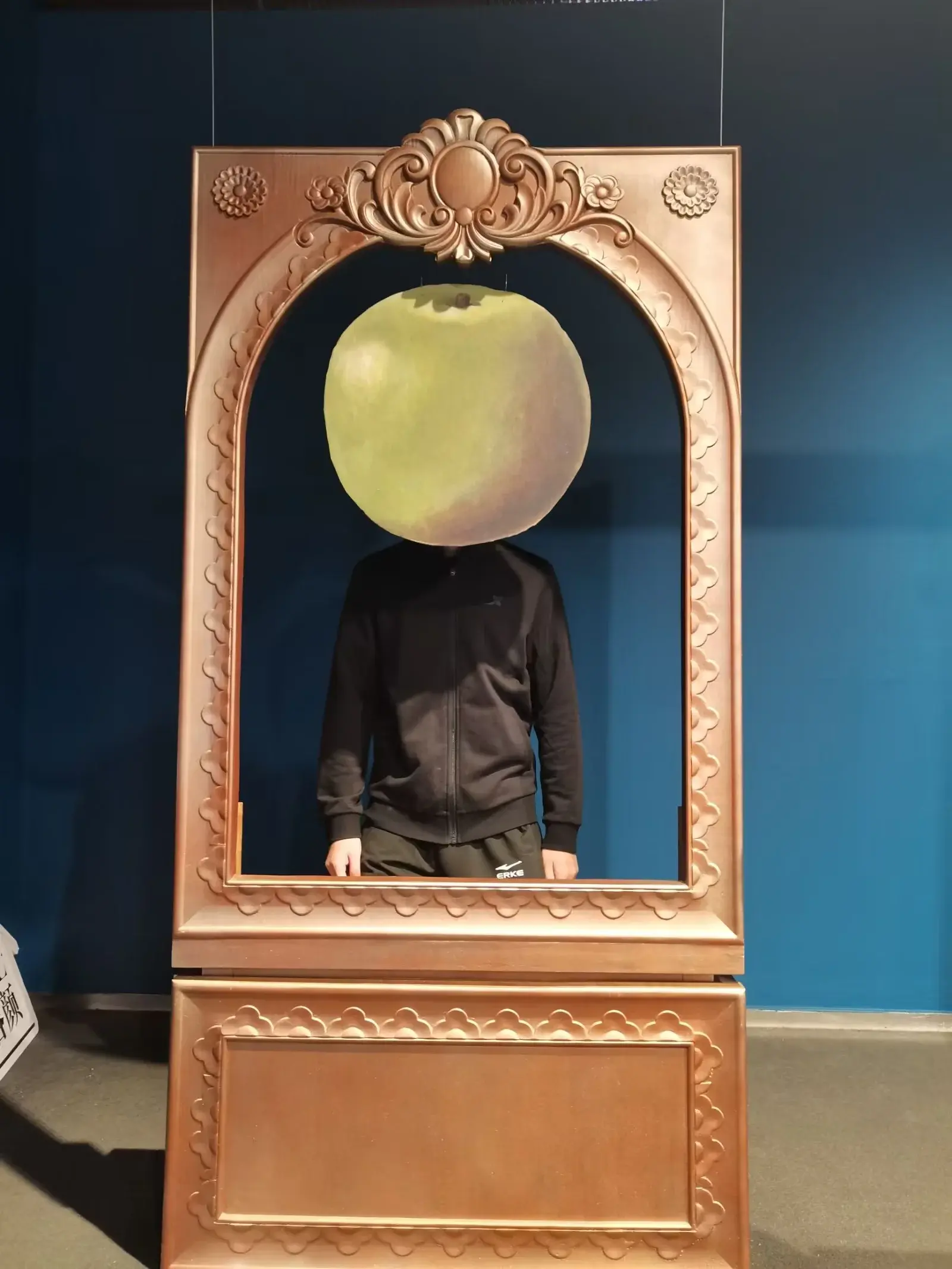
The process of stylistic evolution in character portrayal is akin to the process of human self-awareness. The thematic exhibition titled “Faces of Time” encapsulates this sentiment aptly. Whether it’s the subject matter or the techniques employed in painting, they are essentially products of human quest for understanding in the waves of time.
On the Subject:
Initially, only the divine could be depicted in art. Painting served as a medium for the dissemination of religious and mythological stories.
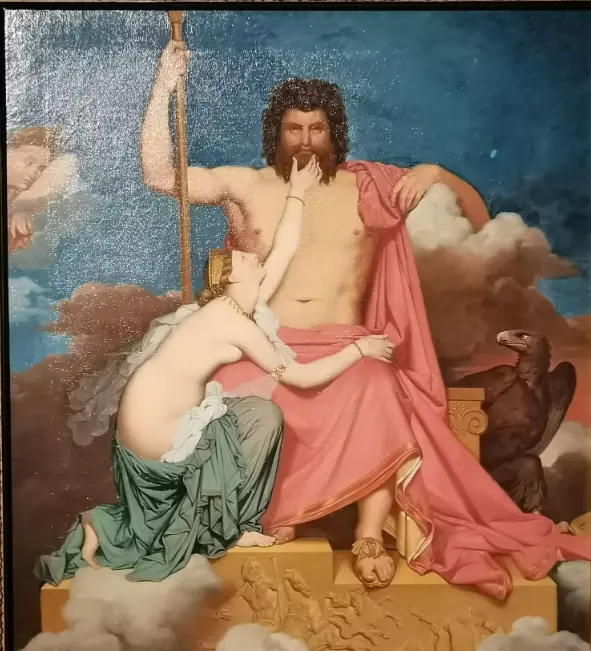
During the era of humanism, divinities acquired human features. The boundary between humans and gods gradually blurred under the artist’s brush.
Later on, courtly elites also became subjects of paintings. Rather than realism, the nobility sought to showcase the refinement of their spirits. Consequently, artists began retouching their works, with one of the most famous examples being Napoleon Crossing the Alps. In the composition, the French flag is positioned behind Napoleon, faintly revealing advanced artillery, while cleverly concealing Napoleon’s actual height.
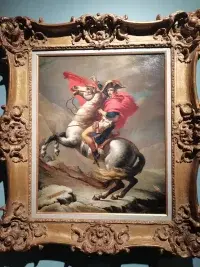
On Painting Techniques:
The techniques employed in painting showcase the artist’s perception of the world. Before the advent of the camera, painters pursued realism. Correspondingly, the Romanticism of the Renaissance was a style characterized by exaggerated creativity. Romanticism isn’t just a genre; it’s an impulse! Any work can have a touch of romanticism.
With the emergence of the camera, painters began to contemplate the differences between painting and photography. People started to deliberately emphasize rough brushstrokes and “mental tones.”
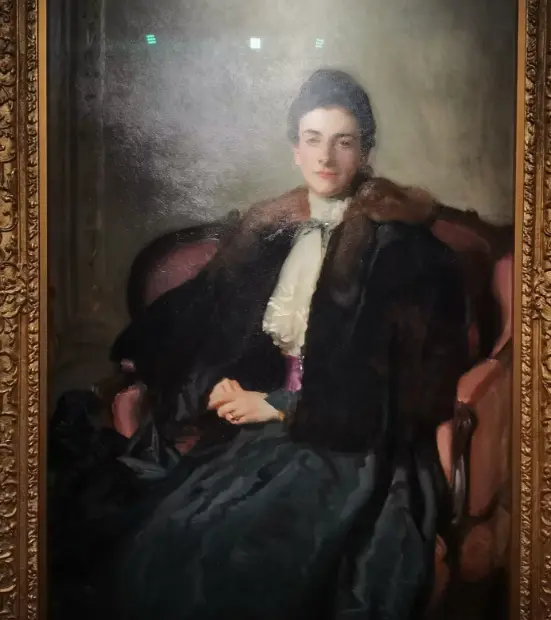
Most styles of painting in the modern era are essentially “reconstructions” of the real world, combining brushstrokes with the artist’s understanding of the world’s essence.
Futurists: Science can explain everything; it’s a symbol of order. We should use orderly geometric shapes to compose our works and showcase the beauty of rationality.
Symbolists: All cognition is a product of society. To stimulate people’s thinking on a topic, we need to transfer the same object to different scenarios. For example, moving a spoon from a table to the ceiling, or replacing actors in a stage play with wooden stakes in an open-air mine. Our inexplicability is precisely to alienate things, thus provoking people’s reflection (classic anthropological alienation).
Impressionists: Colors, light, and time are constantly changing. What we paint is just the light atmosphere at a specific moment in time. We need to learn to observe, to observe the changes in color and light of an object under various conditions. (That’s why Monet painted over 300 versions of “Water Lilies”).
Pointillists: The colors of light can be expressed by the three primary colors. By letting the three primary colors form dots that overlap and eventually create an image.
Collage Art: Reassemble everyday objects to express ideas, and materials such as newspapers and posters can also be reassembled into a new work.
Dada Art: Gradually entering the realm of conceptual deconstruction and reflection. All concepts should be deconstructed and reexamined. So, in the eyes of Dadaists, a toilet becomes a fountain, and a clothes hanger becomes an octopus.
Once we understand the artists’ principles and backgrounds, previously perplexing images seem to become more understandable. Nowadays, many “performance art” pieces and inexplicable paintings may make people feel that art is just empty boasting. I think, in fact, discussions about painting concepts ultimately lead to abstraction. Just like some branches of mathematics, when taken to certain depths, lose the concept of numbers. Painters abstract concepts and expressions themselves, and then use incomprehensible actions to express themselves. It seems that abstraction through paintings is a trend in the so-called avant-garde.
- First-class art is intoxicating in appearance, or concise and easy to understand, and the icing on the cake is understanding the connotation.
- Second-rate art is incomprehensible in appearance, but once you understand the connotation, you can see the light.
- Third-rate art is boring in appearance and pretends to be sophisticated.
I believe that aesthetic appreciation in art is also a process of interaction between knowledge and images. Therefore, interpreting the same painting with the background of the times can lead to different personal perceptions. Perhaps, the reader’s perspective on the appreciation of the work itself becomes an art alongside the era.
The main benefit an artist or authority brings is simply that their status allows us to have the patience to think about and try to understand their actions. Therefore, when facing artists, we choose to think rather than blindly follow them.
